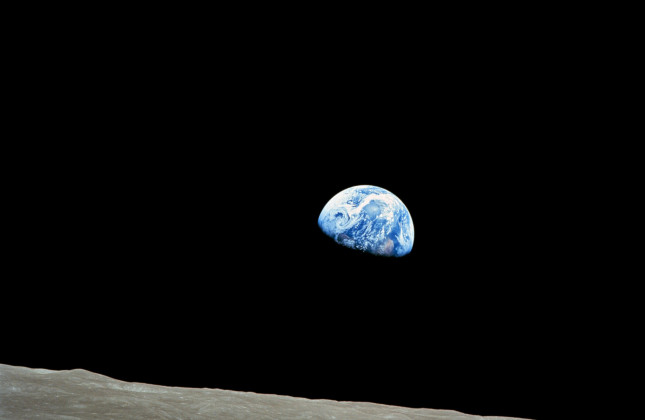Professional astronomy in the Netherlands is carried out at four universities (Amsterdam, Groningen, Leiden, Nijmegen), united in the Netherlands Research School for Astronomy (NOVA), and the two NWO research institutes ASTRON (for radio astronomy) and SRON (for space research). The CO2 study focuses on research activities and does not include emissions from education, such as heating and lighting of lecture halls. Emissions resulting from the use of astronomical observatories are not included either, because for international facilities it is more difficult to determine what share of CO2 emissions should be attributed to Dutch astronomy.
The Council of Astronomy (RvdA), in which the entire Dutch astronomy community is represented, is pleased that the study has been carried out. Michael Wise, chair of the RvdA and director of SRON: "Based on this study the Council will look at how we can achieve a reduction in emissions in order to do our bit towards meeting the goals of the Paris Agreement. For example, SRON's move to a new building in Leiden has already reduced its electricity consumption.
Amina Helmi, deputy scientific director of NOVA, sees opportunities for more digital meetings than before the pandemic: "During the pandemic we learn a lot about remote meetings. In some cases, it proves to be very efficient. An additional advantage is that it also allows people to participate who cannot easily travel due to limited budgets, family circumstances or educational obligations."
Floris van der Tak (SRON, RuG), lead author of the study, explains: "Remarkably, most flights are within Europe, while most CO2 emissions come from intercontinental flights. With robotic telescopes and digital conferencing, it seems quite feasible to drastically reduce emissions from air travel."
Van der Tak and his colleagues have calculated that - depending on how much savings can be made in buildings - air travel would have to be reduced 2 to 4 times by 2030 to meet the Paris Agreement and EU targets.
Nature Astronomy
